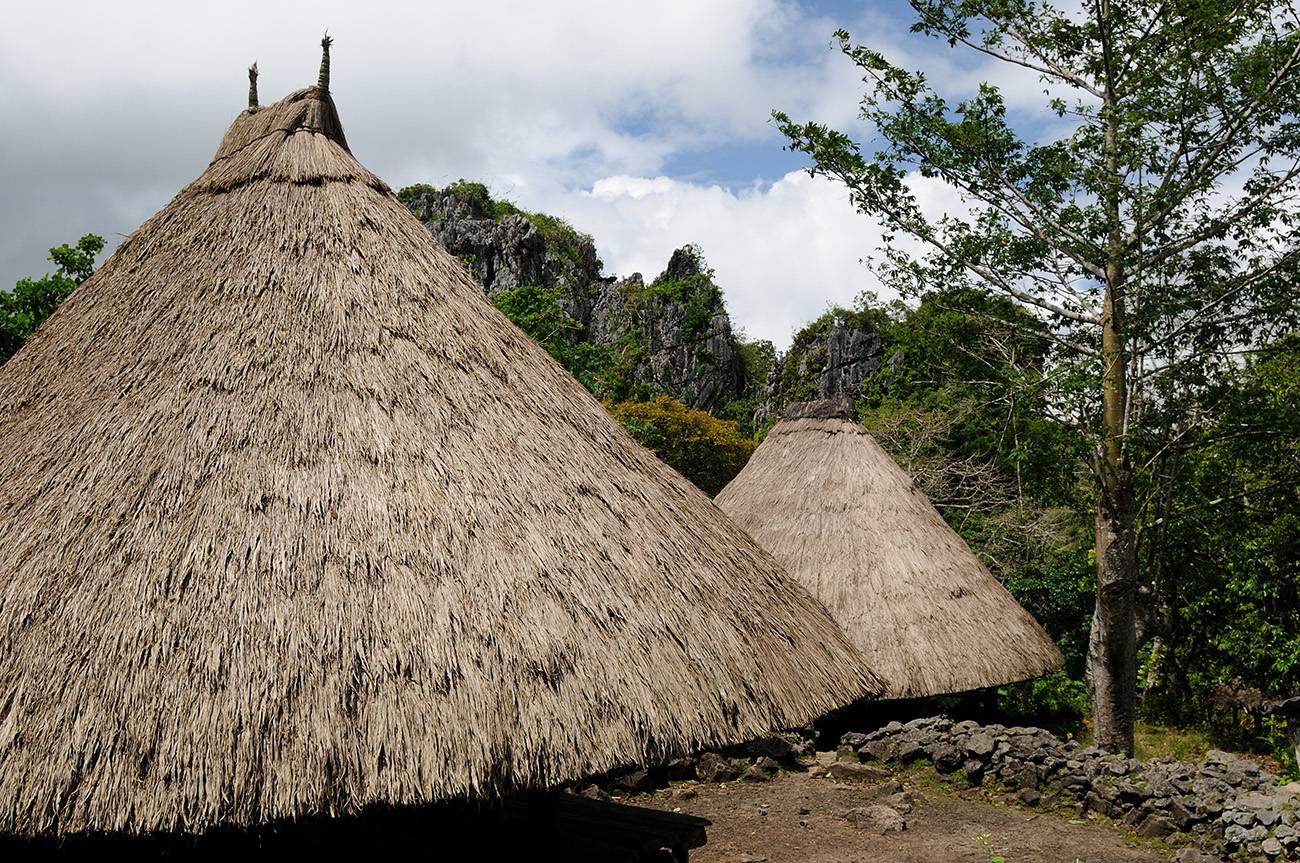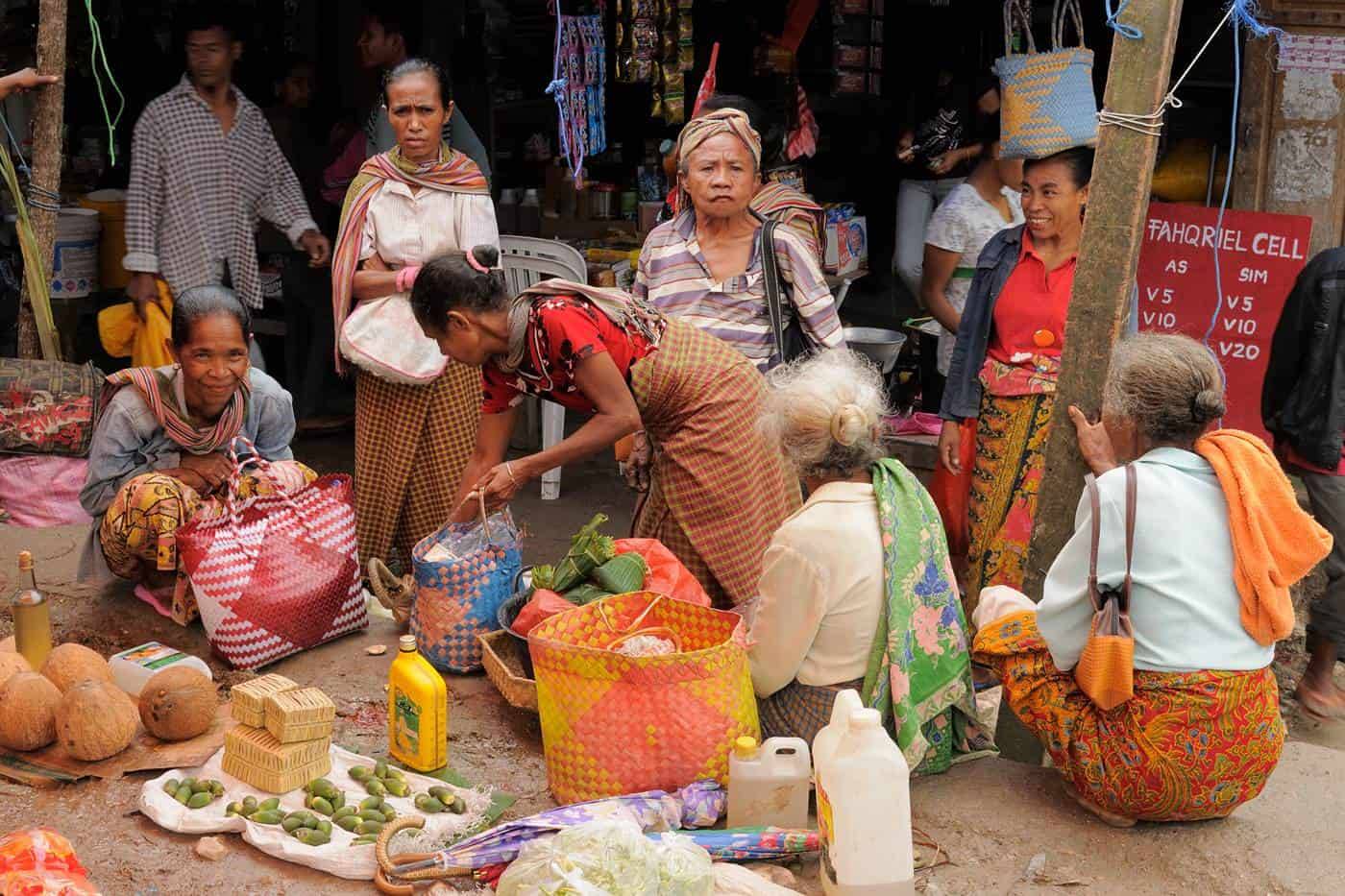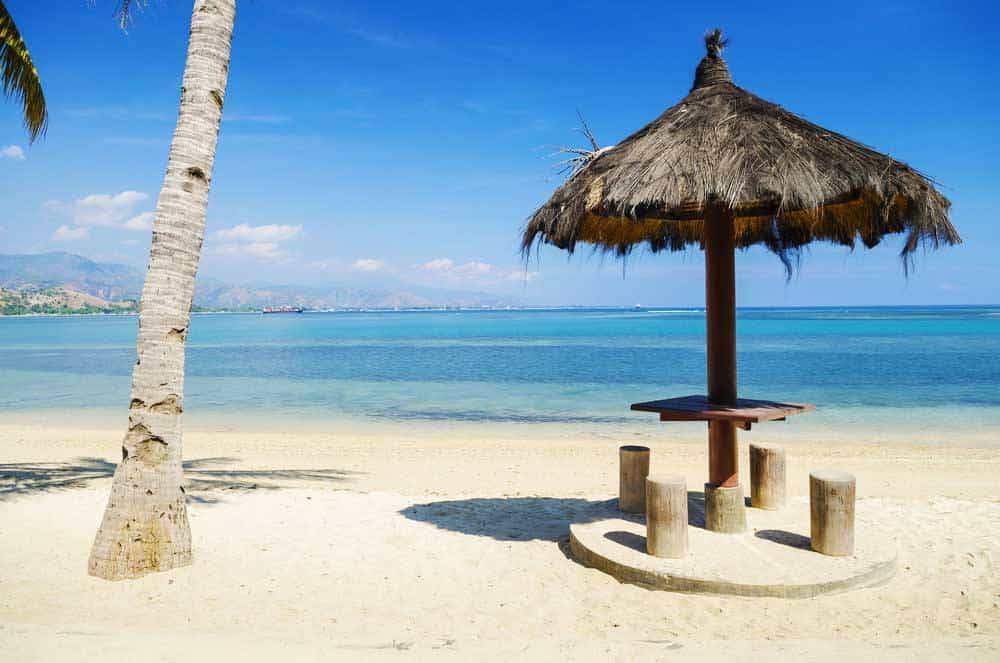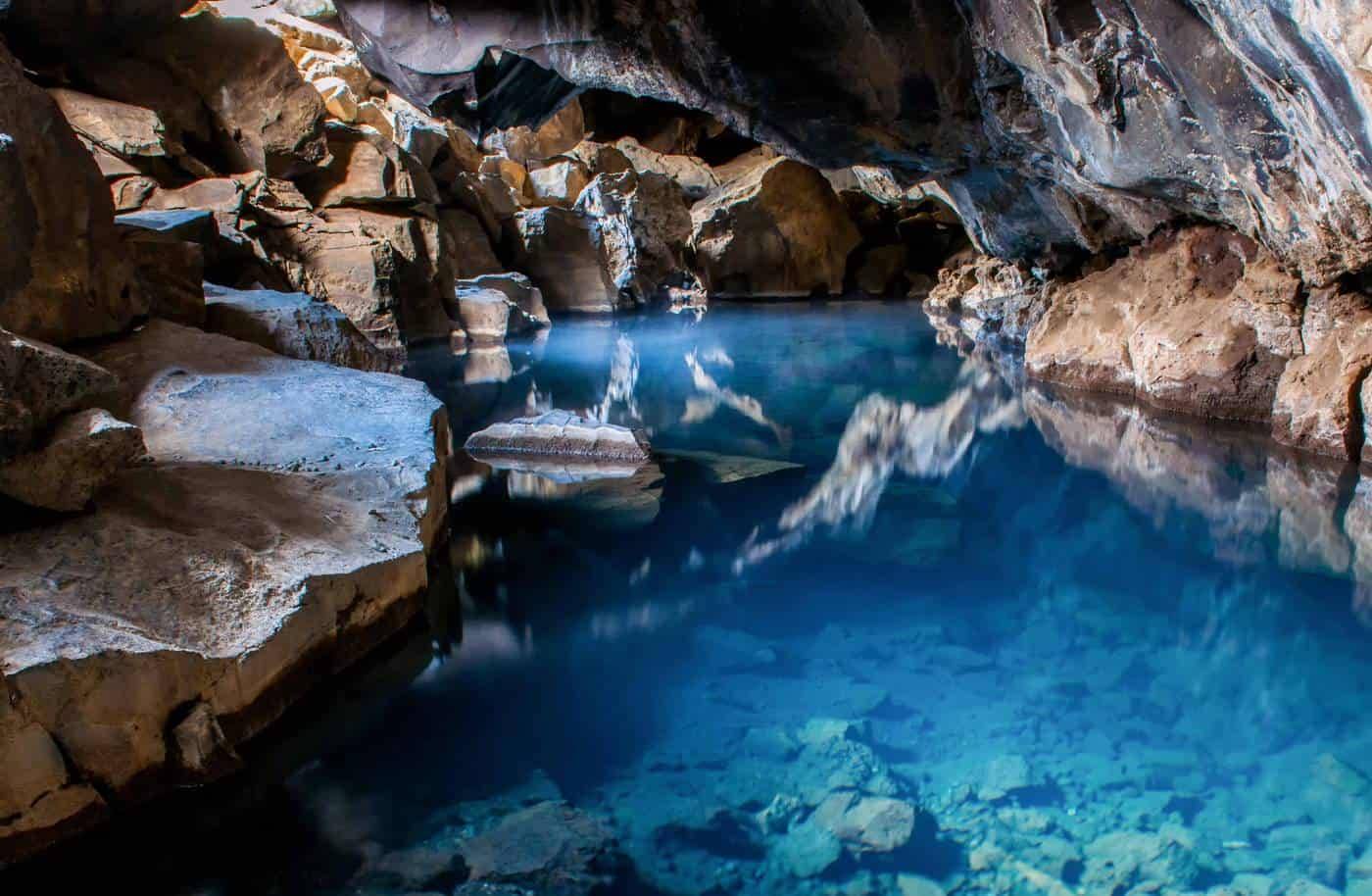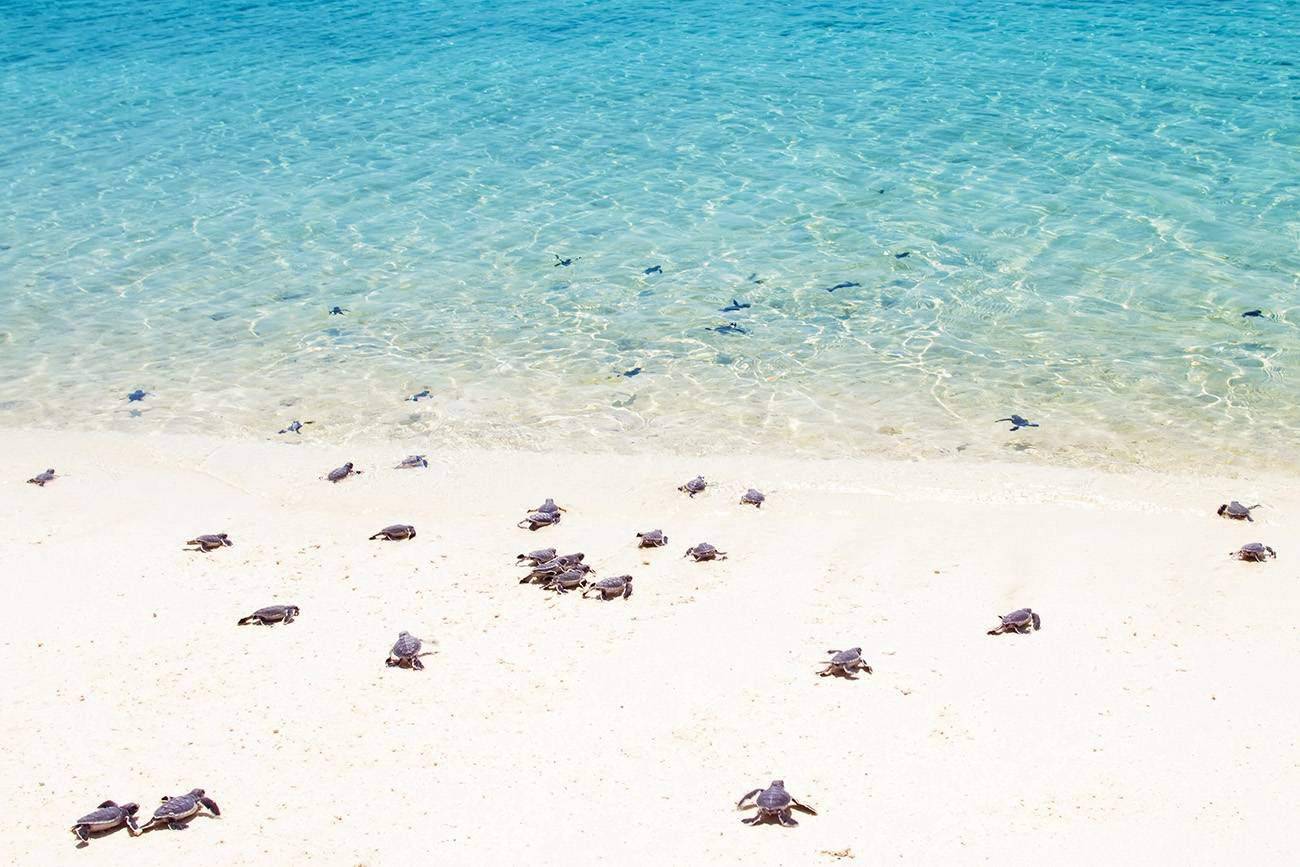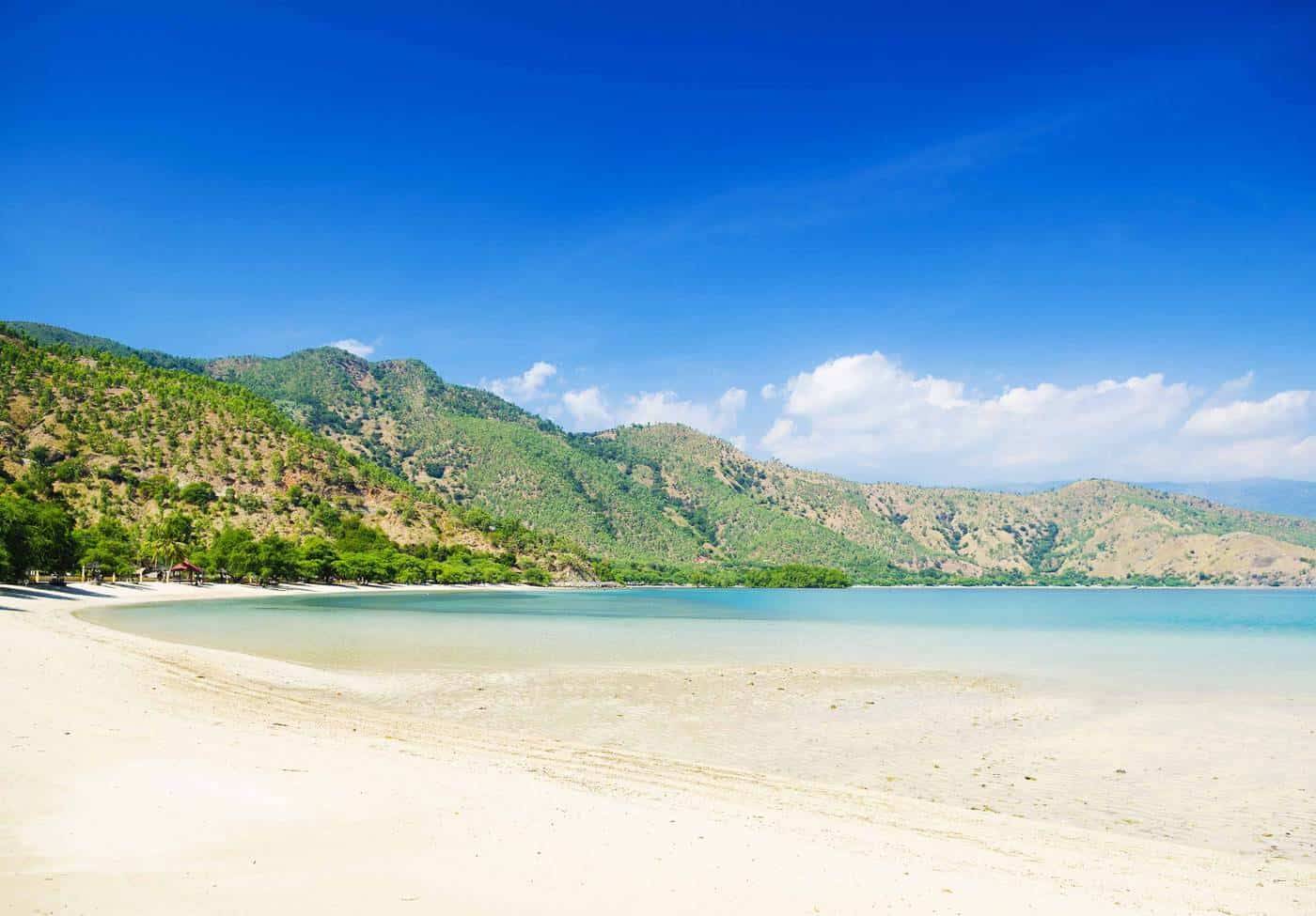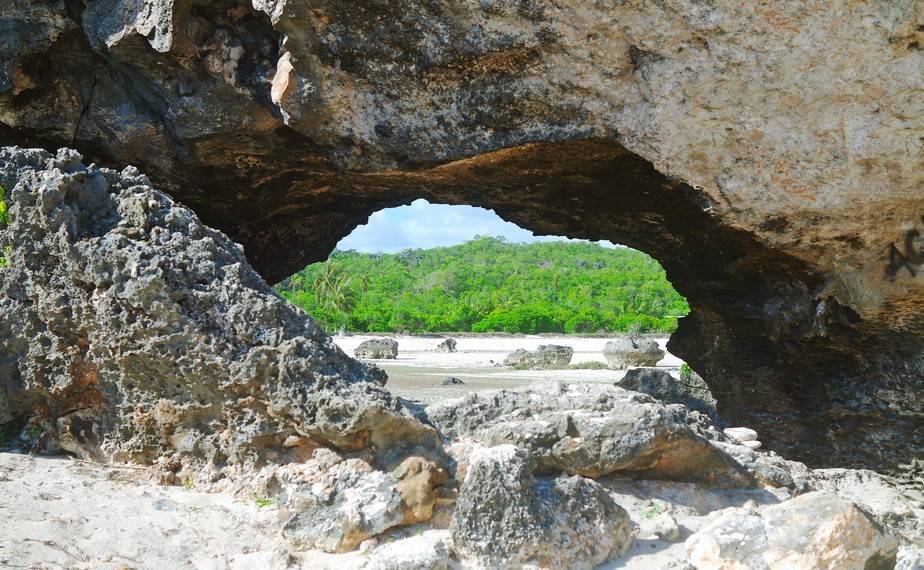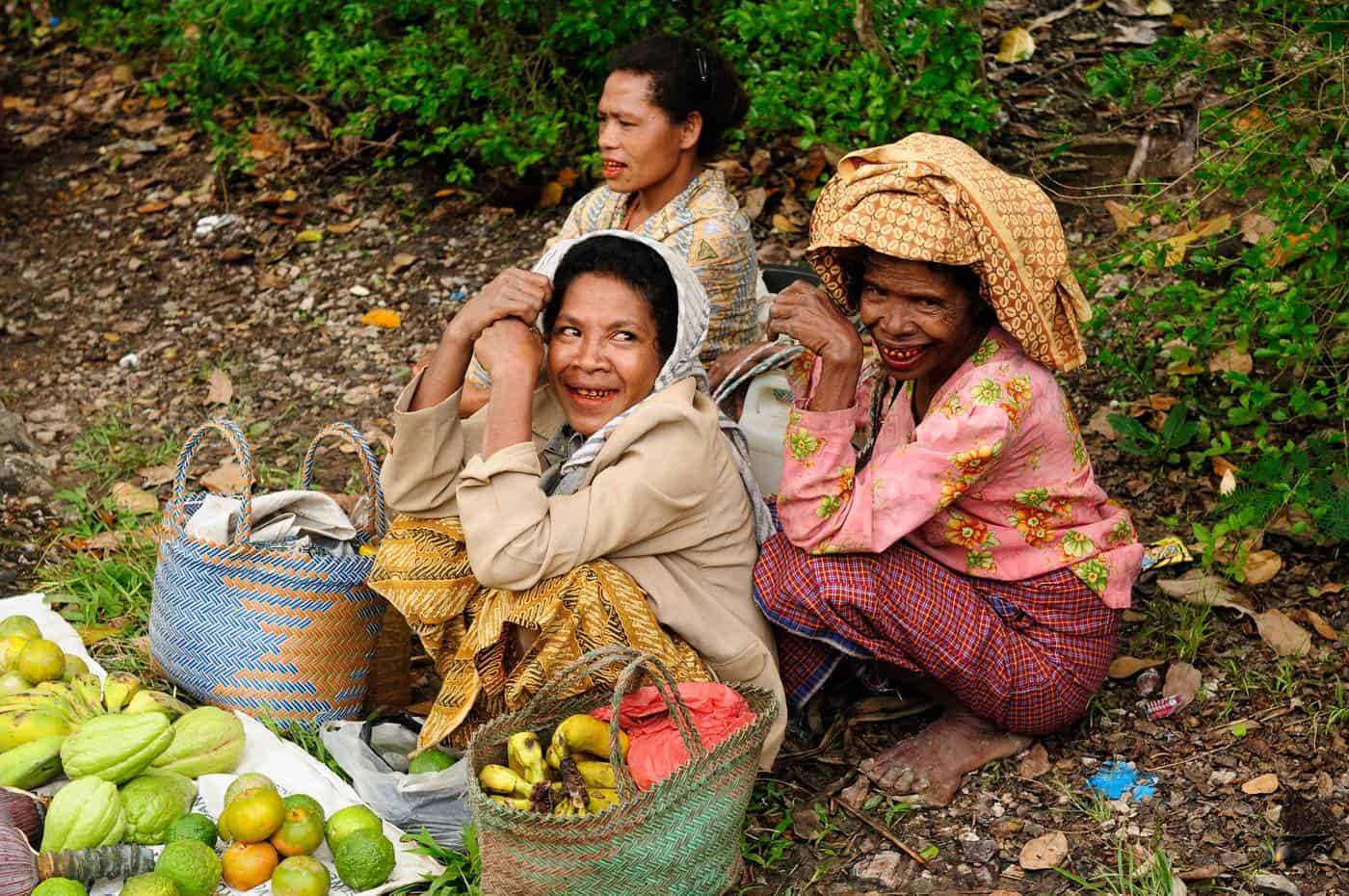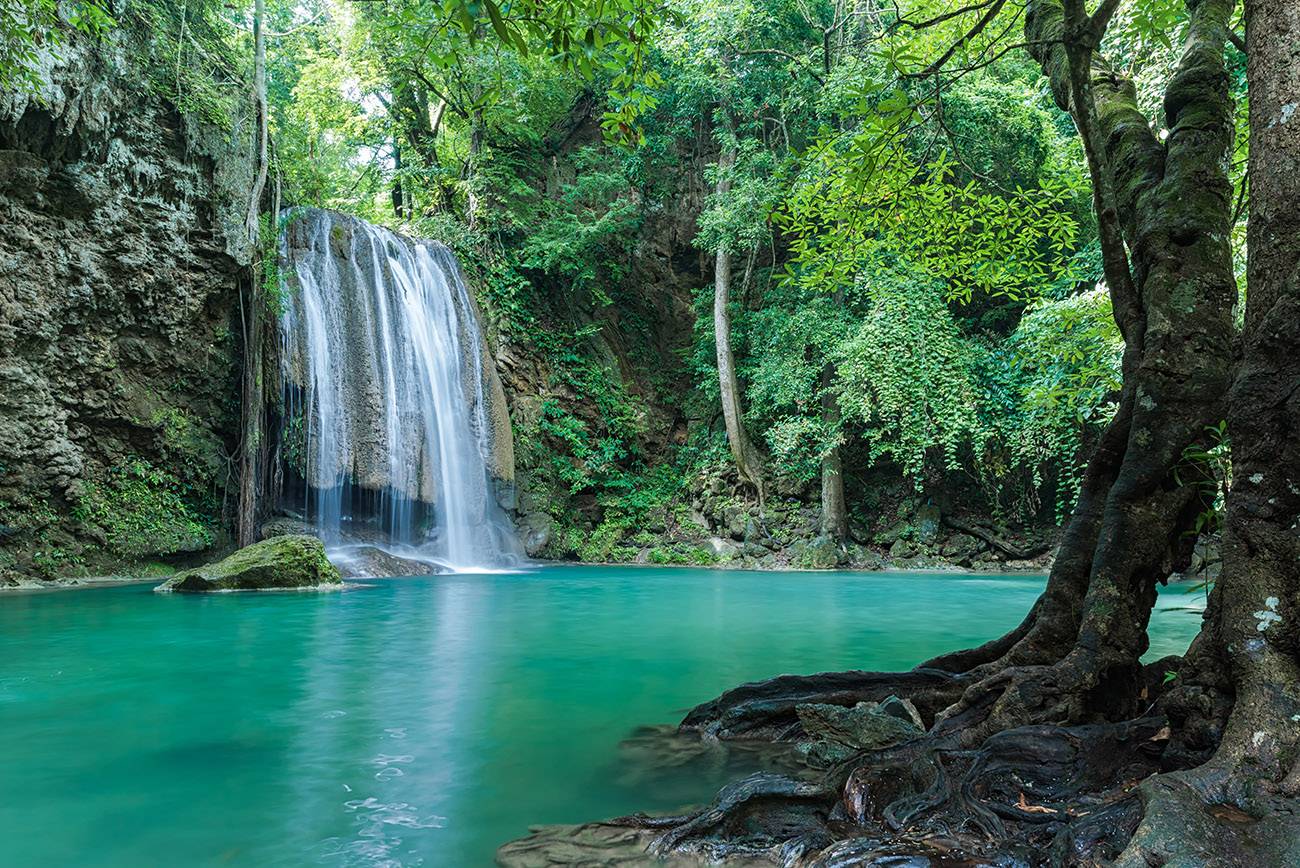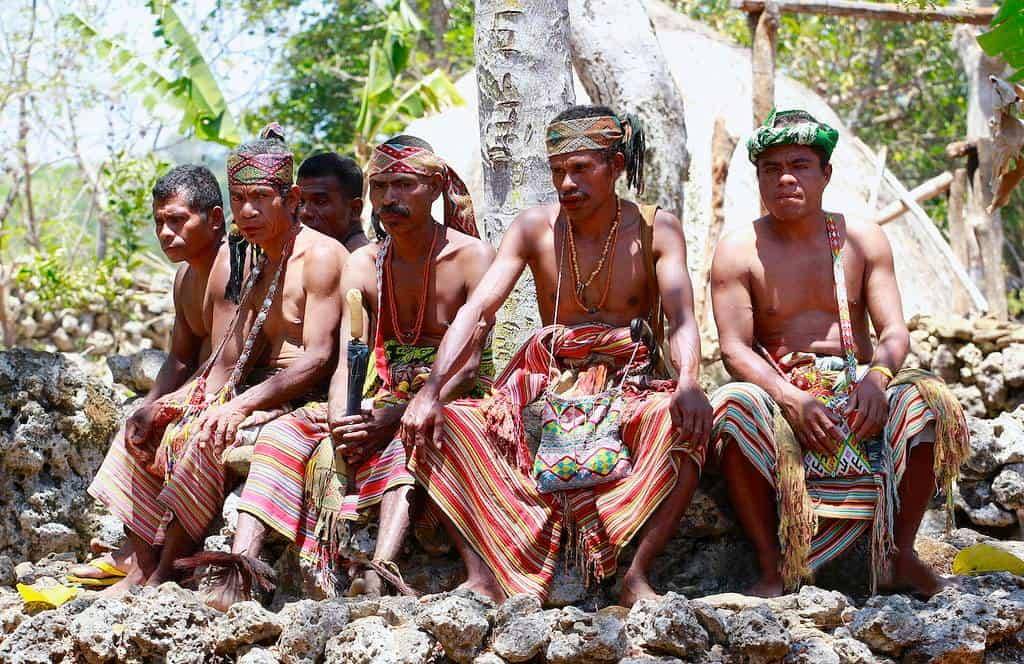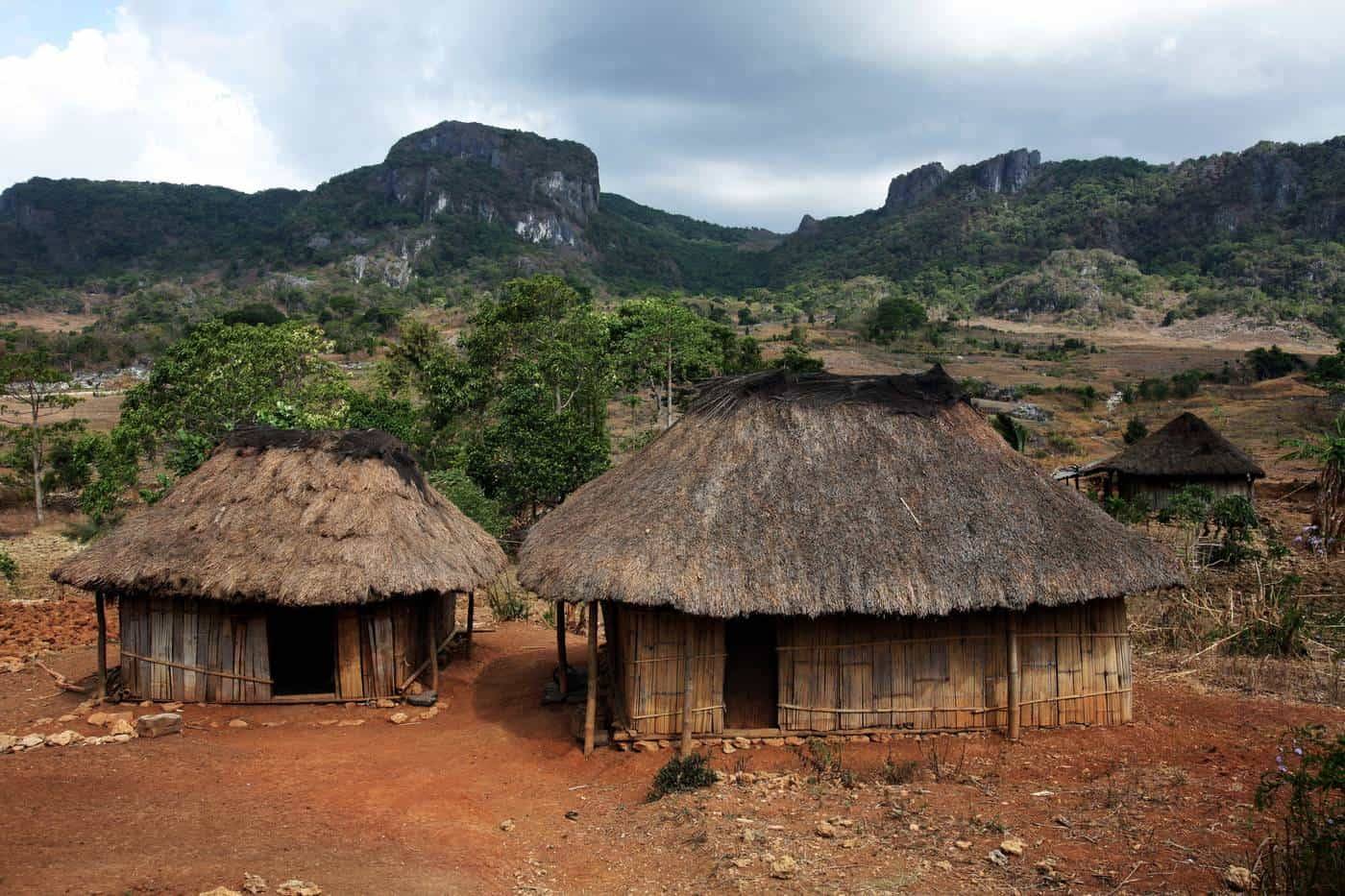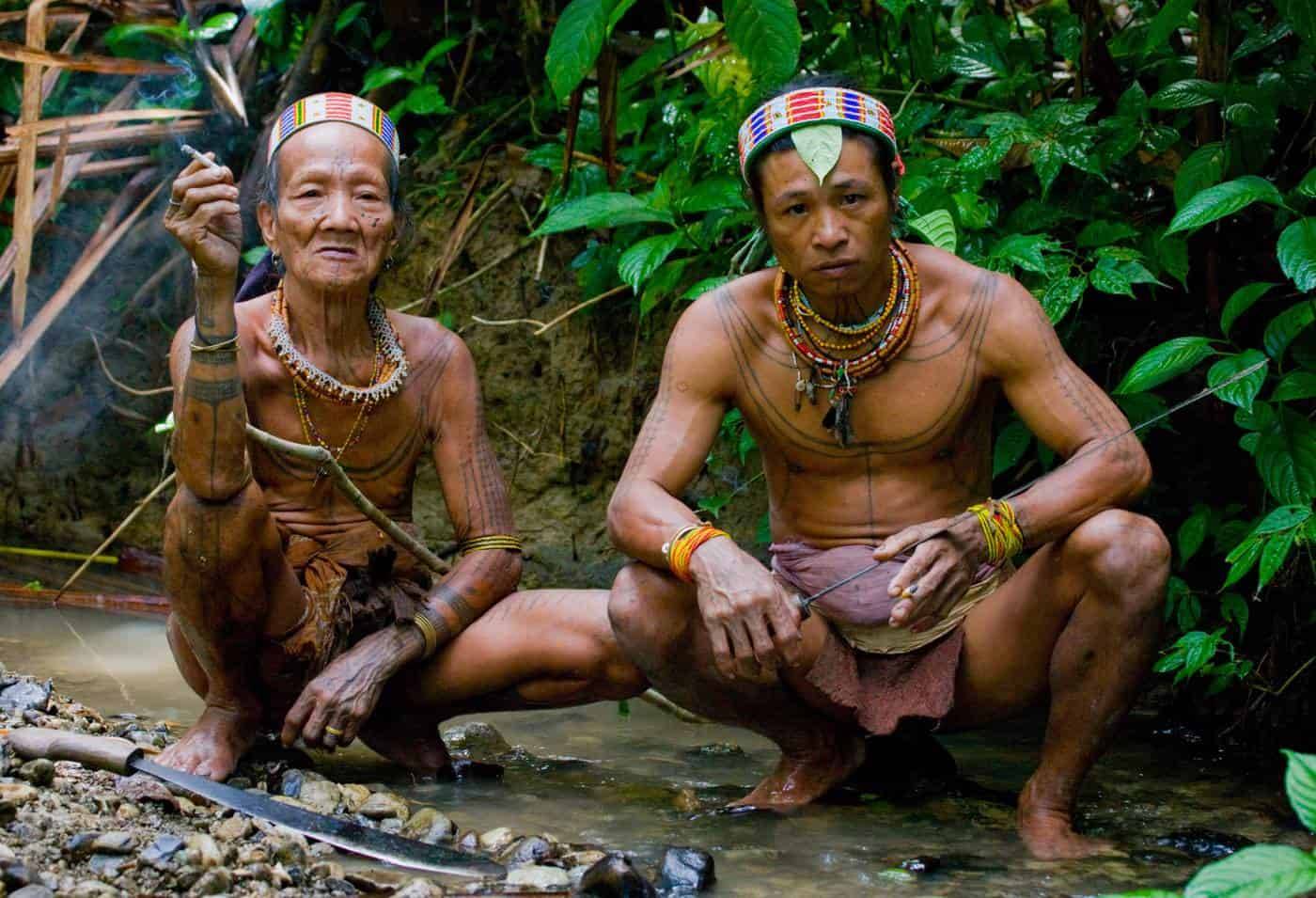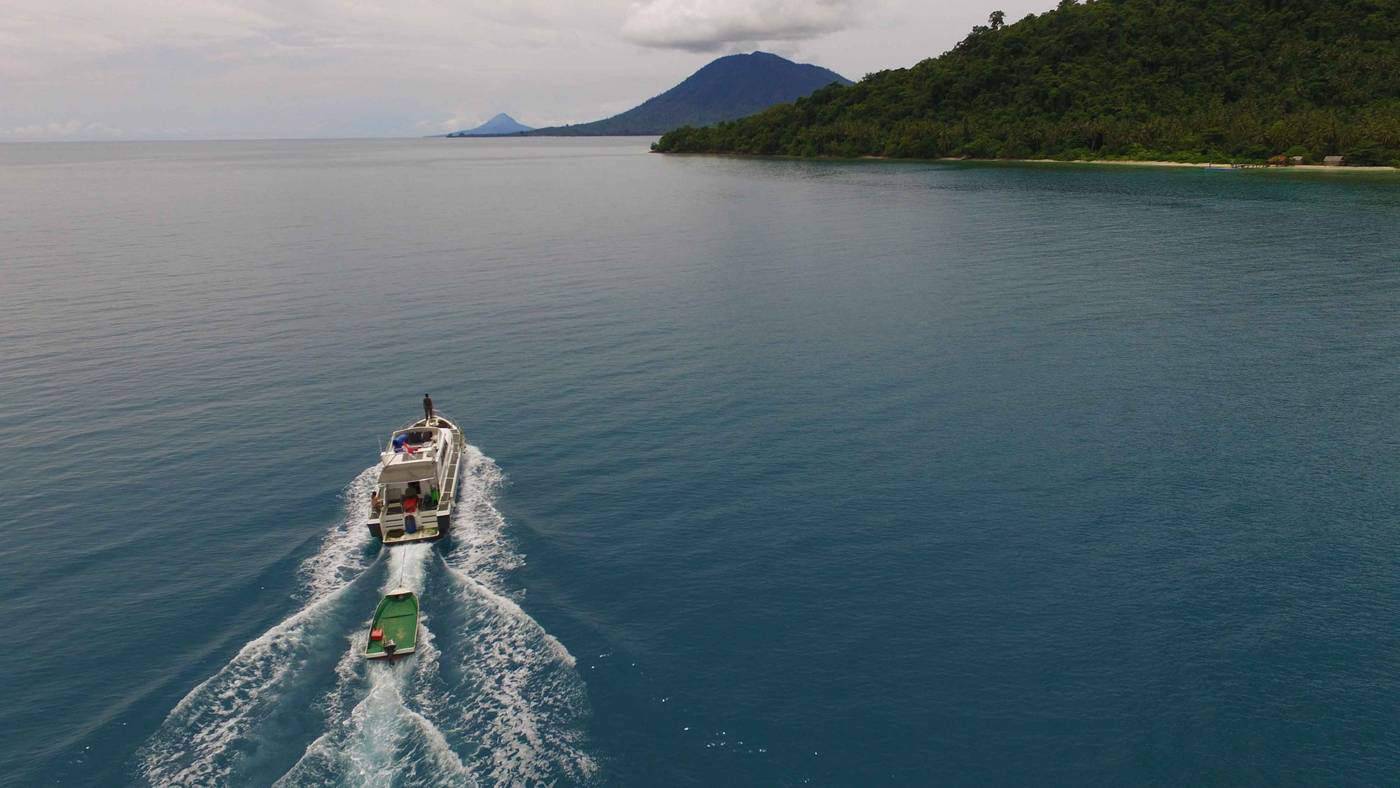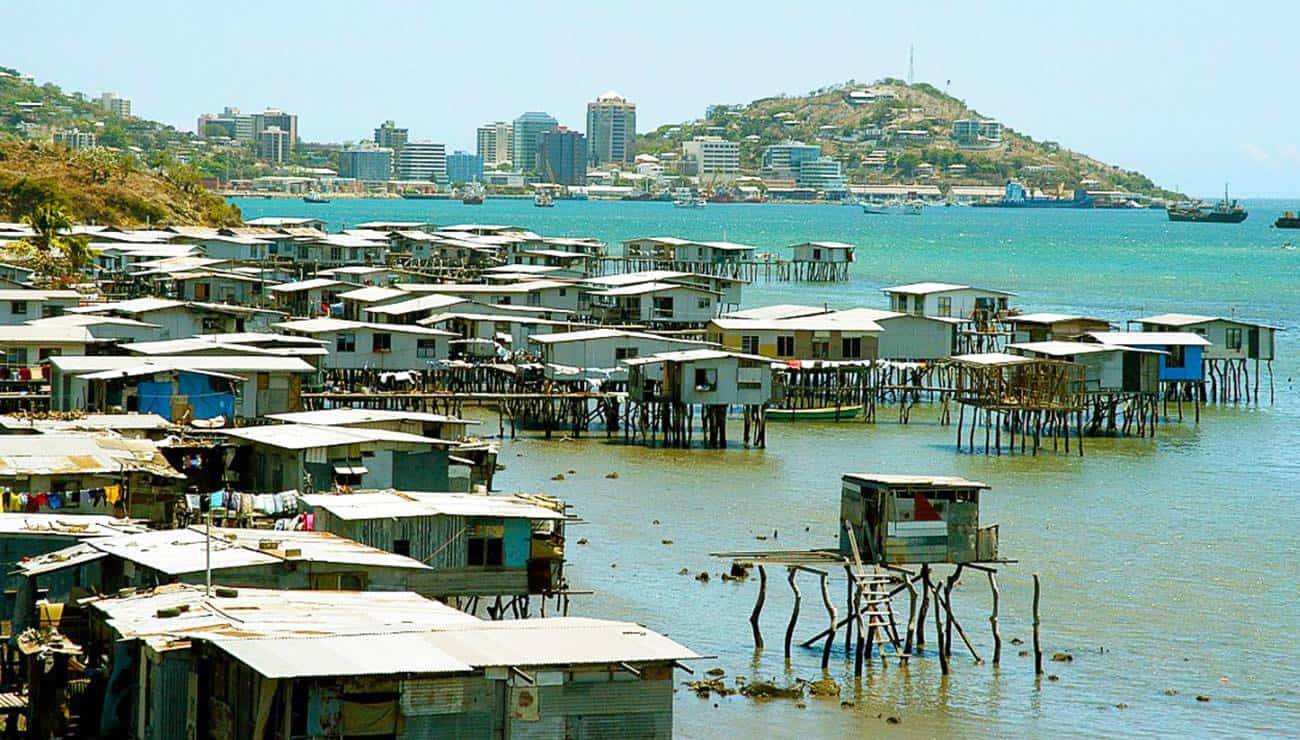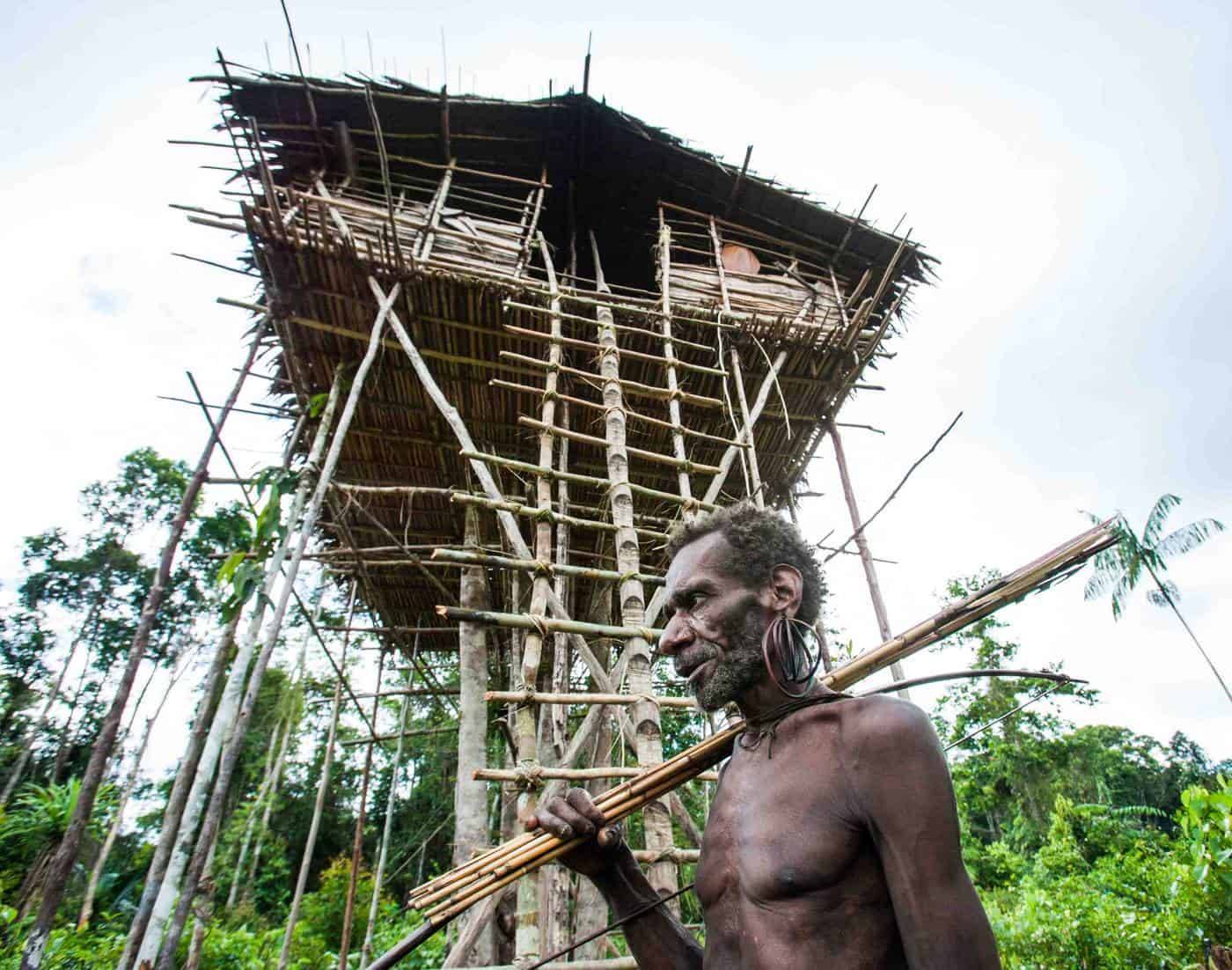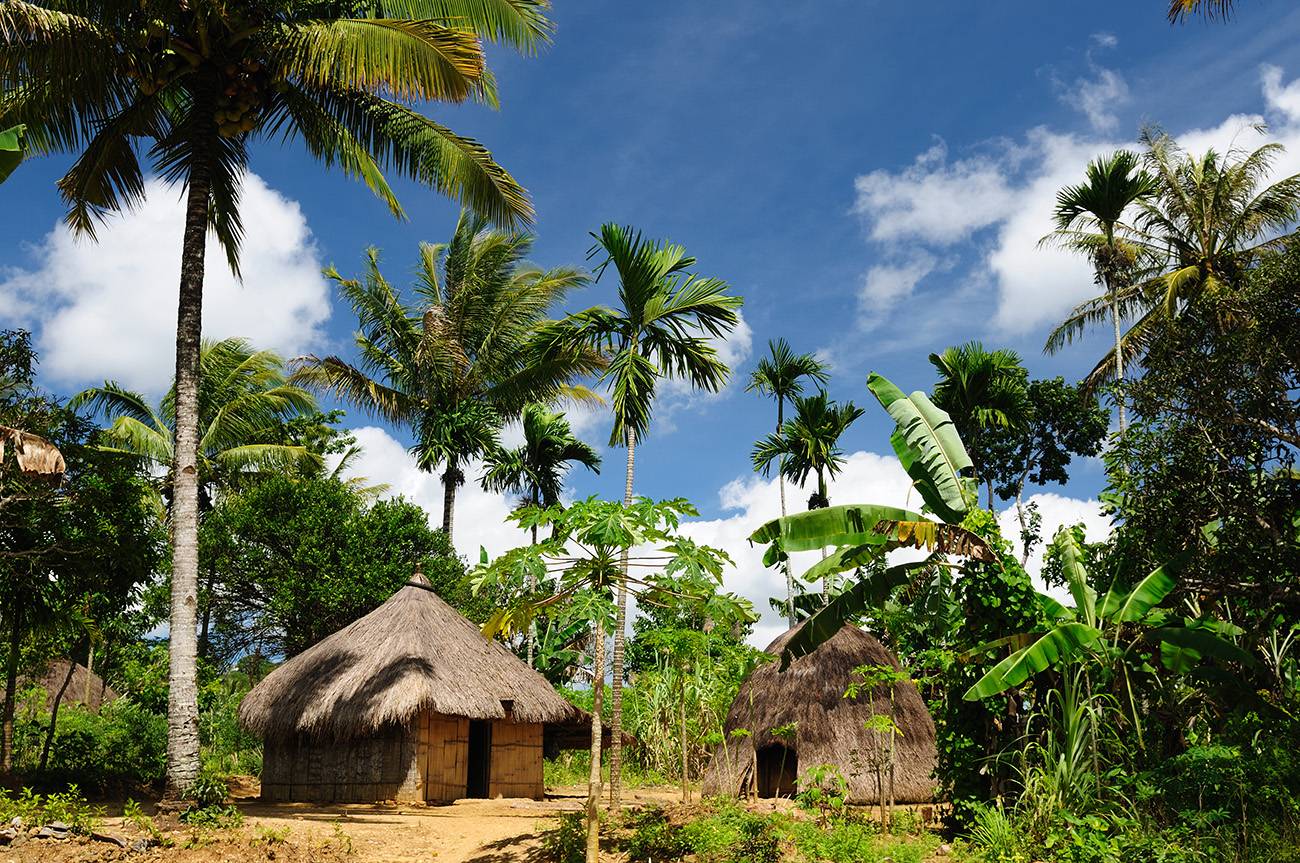
A COMPLETE GUIDE TO WEST TIMOR
Formerly known as Dutch Timor, the island takes up the southernmost territory of Indonesia. Geographically closer to Australia than to the Southeast Asian mainland, West Timor has always lived in isolation, and still today, the island is usually left out of the travel itineraries. Although rarely visited the destination offers a perfect package for independent travellers and backpackers. What not many people know about Timor West: it is easy to get around by scooter, ojeks, local buses and ferries, and it is a great value for money.
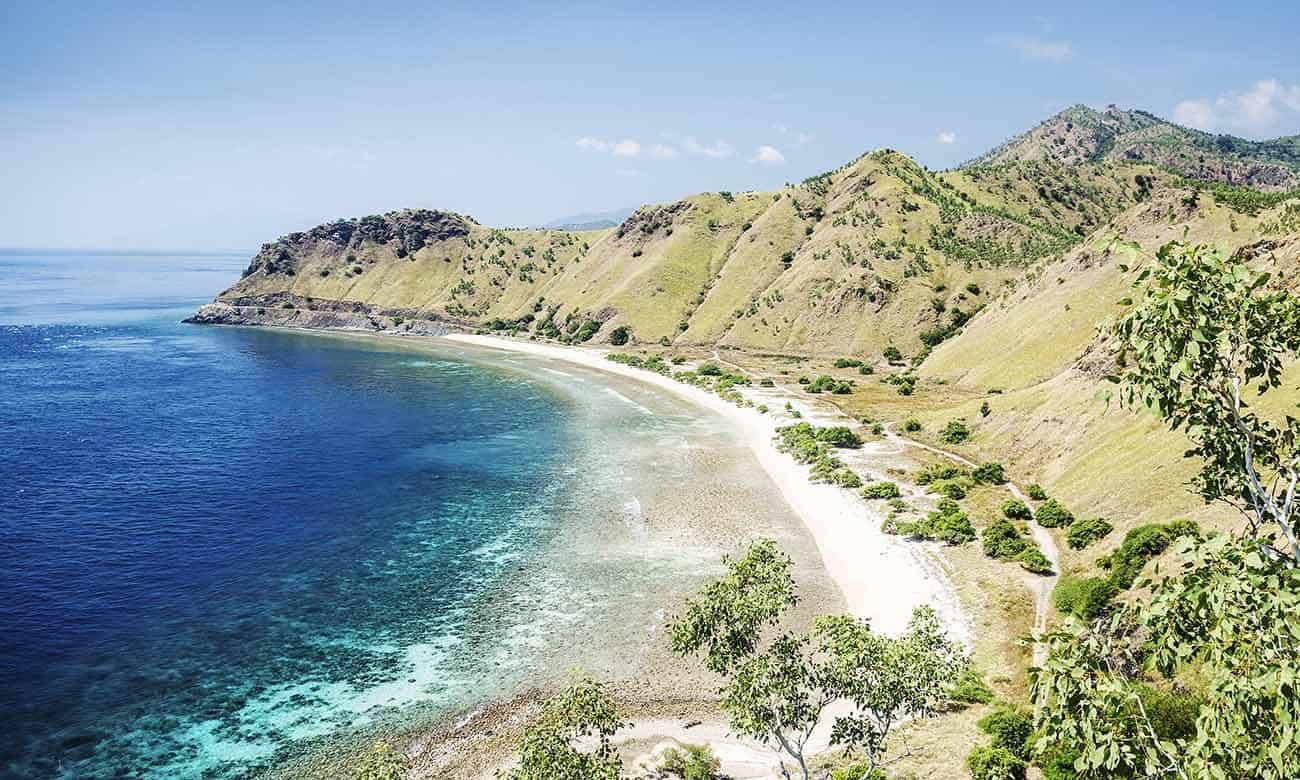
Timor`s coastal scenery
SOMETHING TO KNOWN ABOUT WEST TIMOR BEFORE YOU GO
First settled by the Portuguese in the 16th century, the island of Timor was soon after colonised by the Dutch, until 1949, when the western part became part of Indonesia. The other half of Timor, Timor-Leste, remained its sovereignty.
In Malay language, Timor means ‘east’, and so the country`s name could be translated as “The East-West” into English. In Malay language, Timor means ‘east’, and so the country`s name could be translated as “The East-West” into English. An old Timorese myth has it that the country was created when an old crocodile transformed into the island of Timor to repay a little boy who helped him once when sick.
Indeed, the shape of the Timorese island resembles a crocodile. West Timor takes up the western part – the head of the crocodile.
WHAT TO EXPECT
Arriving in Timor, you will find tropical heat and arid landscapes; the coastline is defined by deserted sandy beaches and spiky lontar palms growing out of the dry land, while the interior features rugged, acacia-covered hills dotted with primitive beehive-shaped huts.
Although the island of Timor is one of the poorest places in the world, struggling with illiteracy and extreme poverty, its lively spirit makes it a place with a strong character. While the native people are descendants of Australian Aboriginal, the official religion is Roman Catholicism. And deep in the highlands, animist tribes and headhunters still dwell in the ancient forest, living by the laws of nature.
STARTING THE GRAND WEST-TIMOR TOUR
The starting point for all the hidden surprises is Kupang. The main port and capital city of West Timor is a popular stopover for the Australian sailors and yachters heading from Darwin to Indonesia. It is a typical Indonesian coastal town – busy, crowded and not exactly super-clean. However, it is a perfect spot to organise your trip before you head out to the Timorese countryside.
KUPANG
Kupang is where you will arrive, either by air or sea, and you should stay for a few days to get familiar with the native culture. The Indonesia-experienced travellers know what to expect: dazzling markets, buzzing streets filled with humans and animal, tropical heat and laid-back lifestyle. The town is best to be explored by scooter.
Kupang beaches offer tranquil atmosphere, with local taverns serving delicious seafood. Lasiana Beach is well-known for amazing sunsets, and beachside warungs open until late. Remember to rent a scooter to be able to explore the surrounds – your guesthouse will surely assist you with that (international driving licence is essential).
WHAT TO DO IN KUPANG
- Take a self-guided walking tour around Kupang to feel its special atmosphere and finish your day watching the sun setting down while having a beer in one of the Lasiana Beach`s beachfront bars
- Try some of the local specialities – taste the traditionally prepared Daging Sei (smoked beef or pork meat, similar to our bacon that comes with Sambal Lua – a mixture of fresh herbs and spices) and Jagung Bose (corn cooked in coconut milk with kidney beans)
- Browse around the Ina Ndao market – go and see the popular market to find some of the finest ‘ikat’ in Indonesia as well as the native musical-instrument ‘sasando’
- Dive in the blue pools of the Crystal Cave (Gua Kristal) – a perfect place for cooling off on a hot day in Kupang (if you have snorkelling equipment even better). The crystal clear cave-pool is to dip in after a challenging climb down into the cave. NOTE you might want to take a torch as the cave tends to be dark, especially on cloudy days
MENIPO ISLAND NATIONAL PARK
Menipo National Park is the most significant nature reserve on West Timor. Separated from the island by a narrow strait, it protects endangered species, including Timor deer, wild pig, estuarine crocodile and giant sea turtle. The national park provides ideal conditions for the female turtles to lay their eggs in the sandy beaches of the Menipo Island. It is a real spectacle seeing the baby turtles making their way straight to the ocean once hatched.
NOTE Although turtles nest all year round the best time to come is between May and October, with the peak months of July and August when the giant turtles can be spotted on the beaches. You can arrange an eco-tour in Kupang or at the nearby Oetune Beach.
ROTE ISLAND
A daily ferry will bring you to the stunning Rote Island in just a couple of hours. Apart from being a great surfing location (popular with Australian surfers) and scuba diving spot (for the unique snake-necked turtle), the island is often more visited than Timor West itself.
Rote Island is quite big and rather suitable for a longer stay. The landscape includes acacia forest, lontar palm, savanna and coconut plantations. More importantly, however, it is blessed by wild open Indian Ocean beaches and powerful swells. The main harbour and airport town is Ba`a, but the best town to stay at is the coastal village of Nemberala.
Music and handicraft are important parts of the Rote indigenous culture, particularly hand-loomed textile and ‘Sasandu’ (harp-like music instrument made of palm leaves). Fishing is another source of income and one of the prettiest fishing villages is Papela.
ESSENTIAL EXPERIENCES IN THE ROTE ISLAND
- Rent a scooter and get lost around the island – there are plenty of secret beaches and waterfalls, you might be lucky enough to spot the endemic snake-necked turtle
- Find the rock formations of Batu Termanu and appreciate the best views of the island from atop
- Stay at one of the nice surf camps at the Nemberala Beach, try to catch a wave, chill out at one of the seaside taverns and watch the sunset
- Stop by the traditional fishing village of Papela and try the local seafood
- Explore the main town of Ba`a and hunt for souvenirs at the local markets (hand-made sarongs & ‘sasando’ harp
TRAVEL TIP
you can take a ferry (2 hr trip) or fly from Kupang to Rote Island (30 min via Lion Air/ Wings Air). There is a wide range of accommodation and good facilities due to the island`s popularity with surfers, especially around Nemberala. Again, rent a scooter and search around the island at your own pace.
WHAT TO DO AROUND KUPANG (BRIEF SUMMARY)
- Spend a day at one of the West Timor`s top beaches: Tablolong Beach, Pantai Kupang Oetune Beach (long sandy stretches) and Kolbano Beach (cobble). TRAVEL TIP: visit the Semau Island (30 min by ferry from Kupang) – it has got splendid beaches!
- Waterfall time! Check out the lovely Oenesu Waterfall and take a dip (if you are not confident enough to self-drive ask your guesthouse to help you with hiring a private guide for a small fee)
- Pay a visit to the Menipo Island and witness the sea turtles hatching out of their eggs and rushing to the waters of the Timor Sea (May-Oct), the national park is home to numerous endangered species, and you can arrange an eco-tour in Kupang or at the nearby Oetune Beach
- Catch a daily ferry to the nearby Rote Island it is a popular surfing and diving location (for the snake-necked turtle)
WEST TIMOR HIGHLAND (SOE HIGHLANDS)
Travelling in the interior of West Timor will be a little ‘off the beaten track’ adventure. You can either book a tour to the major points of interest from Kupang (any guesthouse will be more than happy to help you out) or hire an ojek (a local taxi) to drive you to the hills and show you around.
Travelling to the heart of Timor requires good planning, plenty of time and a certain deal of patience. If you have all these go and discover the secrets of the inner West Timor.
SOE
The gateway to the remote regions of West Timor is the small town of Soe. To get there, you can use ojek or a local bus from Kupang (3 hrs). Locals here are not much used to seeing the Westerners, so don`t get scared if someone stares at you or even wants to touch your skin, hair, etc.
There are decent guesthouses and warungs in the town but nothing fancy. In Soe you will be able to arrange a visit to primitive tribal villages – ethnic groups live deep in the forest without modern amenities (Tamkessi, Boti and None are open to foreigners).
NOTE
To visit the tribal villages, you will need permission from the village head chief to enter and pay a small fee (around $5USD). Commonly, strangers on their own are not accepted, and it is recommended to be accompanied by someone who speaks the regional dialect to translate and introduce you (a local guide costs $30-50USD/a day).
Some communities allow the visitors to stay overnight and offer basic accommodation and food and you will be able to participate in their daily routines. Also, taking pictures is often forbidden. You will need to ask around in Soe about the currently available options.
WHAT TO DO IN THE SOE HIGHLANDS
- Tamkessi village – a very scenic countryside in the north-central territory (access by scooter/local bus/ojek via Manufui
- Boti – independent of government and completely self-sufficient ethnic group in the south-central zone, animist ritual are conducted on an everyday basis, primitive lifestyle (access by scooter/local bus/ojek via Niki Niki) NOTE you can stay in Boti village for about $10 USD/night)
- None – possibly the most interesting tribal village in West Timor where one gets culturally shocked – the headhunter tribe still has its own shaman, conducts magic and animist rituals (located in the Gunung Mutis Area)
- Terjun Oehala – tropical waterfall in the picturesque Bola Palelo Valley (Fatumnasi Mountains)
- Climbing Gunung Mutis (2427 m) is highly recommended – the mountain is woven into myths and legends, and it is a sacred site for the native Dayuan tribes. NOTE the climb itself is not that tough, however, blistering sun, dry savanna and dense forest can make the journey challenging (a guide needs to be hired in Soe). The trek starts at the mystic Fatumnasi Lake, and it takes about 3-4 hours to reach the summit
KEFAMENANU & THE FURTHEST REACHES
Heading to the outlying far-north regions of West Timor, you will instantly notice that this is a very different world. Untamed by social evolution, people and animals cohabit in harmony, and there truly is no disturbance; scattered beehive huts and cattle grazing on green rolling pastures come into sight and sheer tranquillity. The isolated villages in the Regency of Belu will bring you back in time to the prehistoric times.
Kefamenanu is a renowned ikat-weaving region and a good base for all excursions to the northern rural communities. With almost no concept of tourism, the town invites you to use your best to overcome the cultural and language barrier. NOTE Travellers who intend to cross the border to Timor-Leste overland will pass by Kafemenanu and some of the most traditional native settlements.
WHAT TO DO IN KEFAMENANU
- Kefamenanu Ikat – watch the local ladies weaving fine sarongs and men proudly wearing them
- Belu Regency – hire a guide (or self-drive) to take you to the frozen-in-time-communities of Uma Nen/Leo Walu and Kamanasa village (note the Lorodirma and Matabesi traditional houses)
- Air Tenjun Mauhalek – refresh yourself in the pretty waterfall at the border with Timor-Leste
Following guides (with OK English) are known in Timor:
- KUPANG – Aka Nahak and Vil
- SOE – Pae Nope
- KEFAMENANU – Sipri
TRAVEL TIP
Real adventurers & Indonesia-experienced travellers can just hire a scooter and travel independently without any guide. You will need to get lost in the network of bumpy dirt tracks, explore, use body language to communicate and ask for permission to visit the tribal villages by yourself (bringing some presents helps; e.g. pens and crayons for kids, postcards, notebooks, and so on). It is worth to try, but there is no guarantee that you will be allowed into the villages.
NOTE that Westerners are generally not permitted to visit the ethnic communities independently (to support the local tourism you are encouraged to book a tour or a private guide). These can be arranged in Kupang or Soe at any travel agency or guesthouse.
WHEN TO TRAVEL
The ideal time to visit West Timor is during the dry season (May-October). Beach lovers and scuba divers get enough of sunshine in these months and surfers will enjoy the quite consistent surf. This is also the best time for hiking as most of the treks are open and accessible only during the dry season.
HOW TO GET THERE
West Timor has a domestic airport El Tari well-connected to Java, Bali and Flores.
Also, there are flights from Darwin/Australia and Dili/East Timor available.
Pelni Ships frequently depart from Ende, Larantuka and Labuan Bajo (Flores) to Kupang. The boats are very cheap, used by the locals. However, be prepared for a long and not very comfortable voyage (15-18 hrs).
